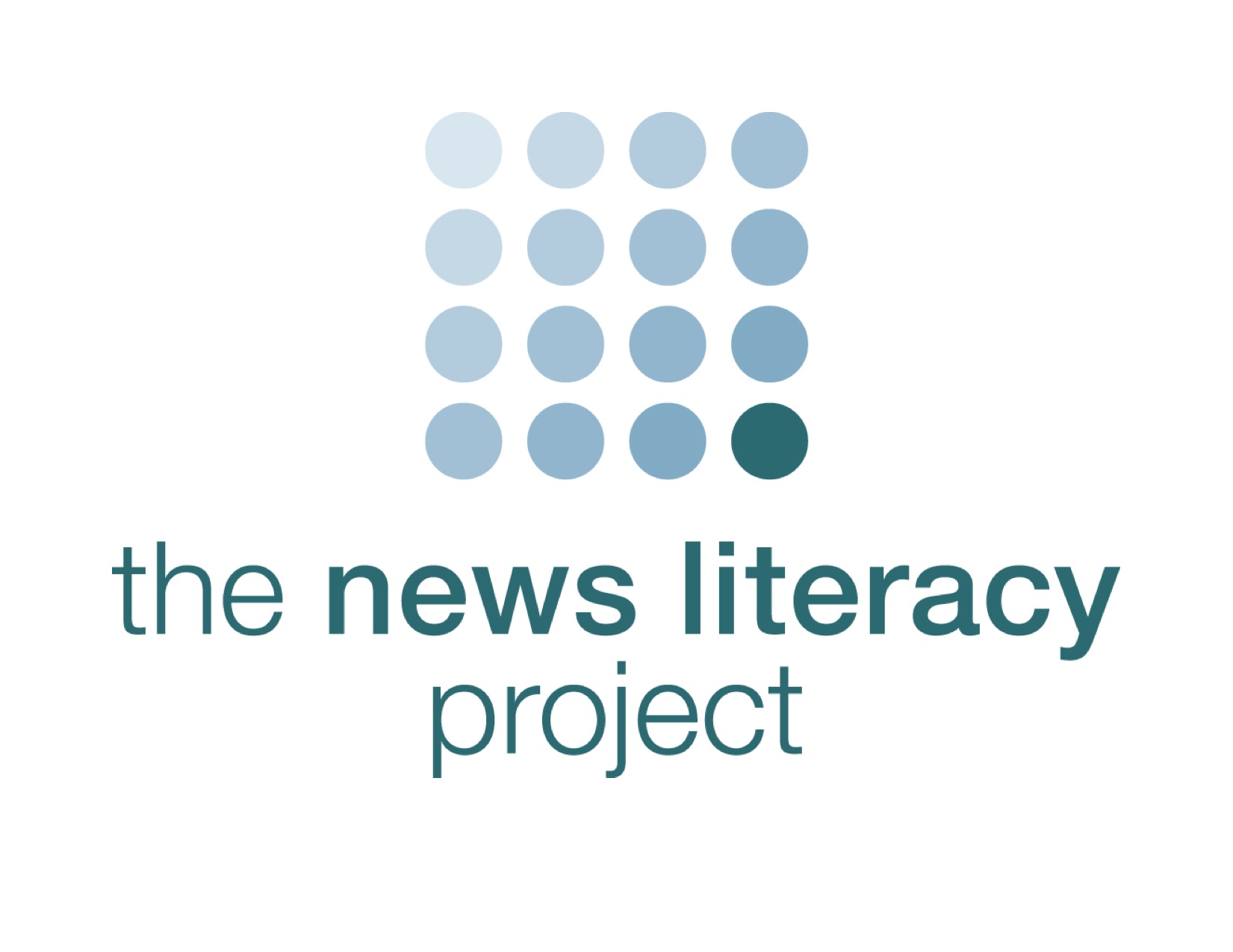News Literacy Project sees big uptake in Canadian schools
 When the News Literacy Project launched its classroom program in 2009, the term “fake news” had not yet achieved notoriety. But Alan Miller, the project’s president and CEO, had already realized there was a growing challenge, particularly among young people, to interpret online information.
When the News Literacy Project launched its classroom program in 2009, the term “fake news” had not yet achieved notoriety. But Alan Miller, the project’s president and CEO, had already realized there was a growing challenge, particularly among young people, to interpret online information.
“Sometimes we say we were the antidote to fake news long before it became such a popular term,” Miller told Story Board during a phone interview.
The non-profit project works with teachers and journalists to help students learn to distinguish fact from fiction online. Miller, who was a reporter with the Los Angeles Times for 21 years and spent 14 years on the paper’s investigative team in Washington, said many young students believe that all information is created equal – that anything published online must be true. By high school, he said, students are often quite cynical, believing that all news is driven by bias or agenda, whether personal, political or commercial.
After the 2016 U.S. election, Miller said, the revelations about viral rumours, conspiracies and hoaxes were a wake-up call to the seriousness of the problem and the threat that it represents to democracy.
“We feel like we’ve gone from being a voice in the wilderness to an answer to a prayer. One of my board members said ‘what does it feel like to be an overnight sensation after nine years of hard work?’” he said.
After the election, the News Literacy Project saw immediate increased interest in their mission from educators and an uptick in individual donations. The project’s Checkology virtual classroom has seen a jump in popularity.
“There’s been tremendous uptake in the use of Checkology, which fortunately we’d launched in May 2016, so it was already out there,” he said. “We’ve now got over 10,000 educators in every state in the U.S. and 78 countries around the world who have registered to use it.”
In fact, during the first semester of this school year, Miller said, usage of the Checkology premium program – a paid version that offers personalized delivery of lessons to individual students – has already exceeded usage for the entire 2016-17 school year.
Outside the U.S., Miller said, Canada is by far the biggest user of Checkology. Miller speculates that this is due to cultural similarities.
“I think the political climate is very much aligned. The news media is comparable,” he said.
Canadian schools, he said, also have a strong mandate to teach media literacy. And he believes word of mouth has caused an uptick in the use of Checkology in certain regions.
“We’re not marketing in Canada,” he said. “Teachers are finding this on their own and they’re finding it because they’re looking. They want to find tools to teach media literacy and news literacy, or maybe tools to combat fake news, or they’re hearing about it from colleagues.”
The News Literacy Project engages journalists, including freelancers, to deliver classroom programs and support other parts of the program.
“Our journalist fellows are all volunteers,” said Miller. “They’ve delivered over 750 lessons in person or virtually since 2009. We also have journalists who act as virtual teachers in Checkology from places like the Washington Post, the Wall Street Journal, the New York Times, BuzzFeed, NBC News.”
Journalists sometimes do virtual visits to classrooms to teach lessons, he said, and some write for the project’s “Teachable Moments” blog.
“Journalists have played a really vital role,” said Miller. “One of the things that truly distinguishes us is [that we use journalists] to help teach students to think like journalists because in the information age everyone’s their own editor and everybody can be their own publisher. So we want to teach students to do this in ways that are responsible and credible,” he said.
Miller is delighted to have so many Canadians using the program and is looking forward to building on those numbers.
“We are about to embark on an effort to expand our global presence,” he said. “We’ll be doing a number of things including consulting with some countries around the world, and also creating a global playbook to share best practices and lessons learned and a template of what we’ve done,” he said.
Details about the new initiative will be available early in 2018.
You can learn more about the News Literacy Project on their website.



